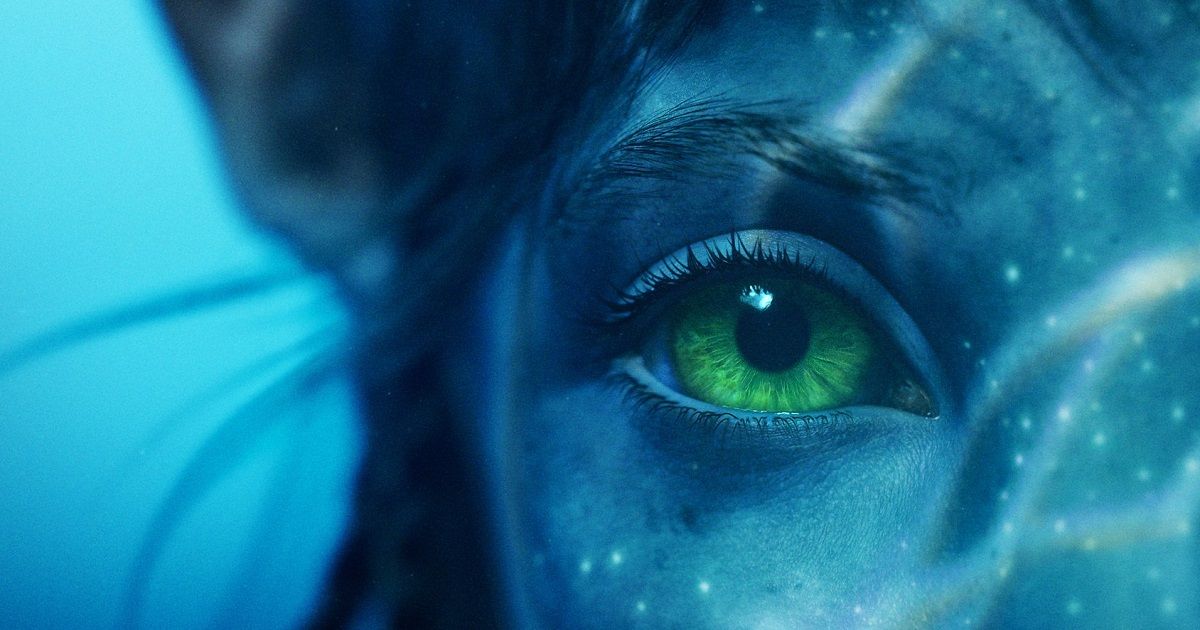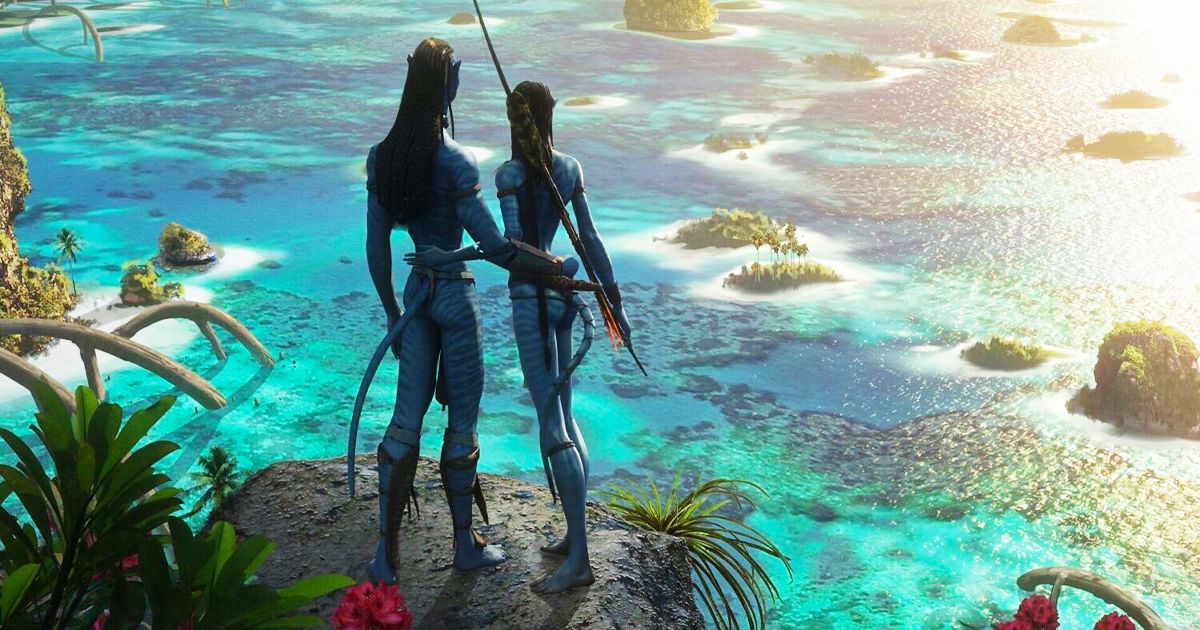If you were around when Avatar first graced cinemas in 2009, you probably remember audiences buzzing about the 3D effects. No, not the impressive CGI special effects, the 3D novelty involving wearing special glasses into the theater. The success of Avatar’s 3D theatrical run kickstarted a bunch of 3D movies throughout the 2010s until they began to wane later on. But Disney hopes to reignite the 3D craze with Avatar: The Way of Water. Disney’s chief of global film distribution, Tony Chambers, comments with The Hollywood Reporter on the company’s plans to lure audiences back to theaters while COVID-19 is still running amok.
“At a time when people are used to being at home watching content, anything that encourages them to go to theaters has to be a positive for us and the industry in. It’s all about the experience. If done right, people will come out again and again. The messaging won’t be to see Avatar 2 in 3D but to see it for the experience.”
Indeed, the message seems to play into what audiences enjoyed so much in the first Avatar. Through word of mouth, audiences couldn’t get enough of Pandora. This was due to not only the film’s groundbreaking special effects, but the way it utilized 3D technology at the time to really make the characters pop out of the giant screen and in front of the viewer. Avatar became an experience, but can that same effect be achieved again when the average moviegoer is more hesitant to go out for a movie? Jon Landau, Lightstorm Entertainment’s producer alongside James Cameron, thinks so.
“We believe 3D creates a more immersive experience in our narrative storytelling. We don’t play 3D as a world coming out of a window. We play it as a window into the world. We are giving people something that they cannot get anywhere else. We need the exhibition community to be supportive of that and to understand that we are competing with different technologies than are in people’s homes.”
Journey to the Third Dimension
While 3D has been still going strong in parts of the world (45% of Brazil’s profit for Dr. Strange 2’s opening was from 3D), in America, the novelty became less of a draw for general audiences with time. In the beginning, directors and cinematographers planned their movies and shots for the format. But after some time, movies were soon bogged down with an influx of titles that, to audiences, were not worth the extra charge for the glasses. Landau expresses these feelings with The Hollywood Reporter.
“I think what happened is some people got lost, and there’s a period of time where people felt that converting something to 3D made it a better movie; 3D does not change the movie, 3D exacerbates whatever the movie is. I think that people were doing it as an afterthought to a process, as opposed to [using] 3D as a creative element — no different than lighting, no different than focus, no different than camera movement — that a filmmaker needs to bring a sensibility of how to use that to enhance the narrative storytelling.”
But Disney hopes to curve that feeling with Avatar, and so far, there are hints that audiences are willing to comply. When the long-awaited Avatar trailer premiered before Doctor Strange in the Multiverse of Madness, close to 10% of audiences chose to fork over the extra 20%-30% for a 3D ticket, a massive jump not just for 3D, but for 3D in a pandemic. This summer, Disney will also be offering 3D versions of its major films leading up to Avatar: The Way of Water, specifically Lightyear, to further this push. Are you willing to pick up the glasses again?


